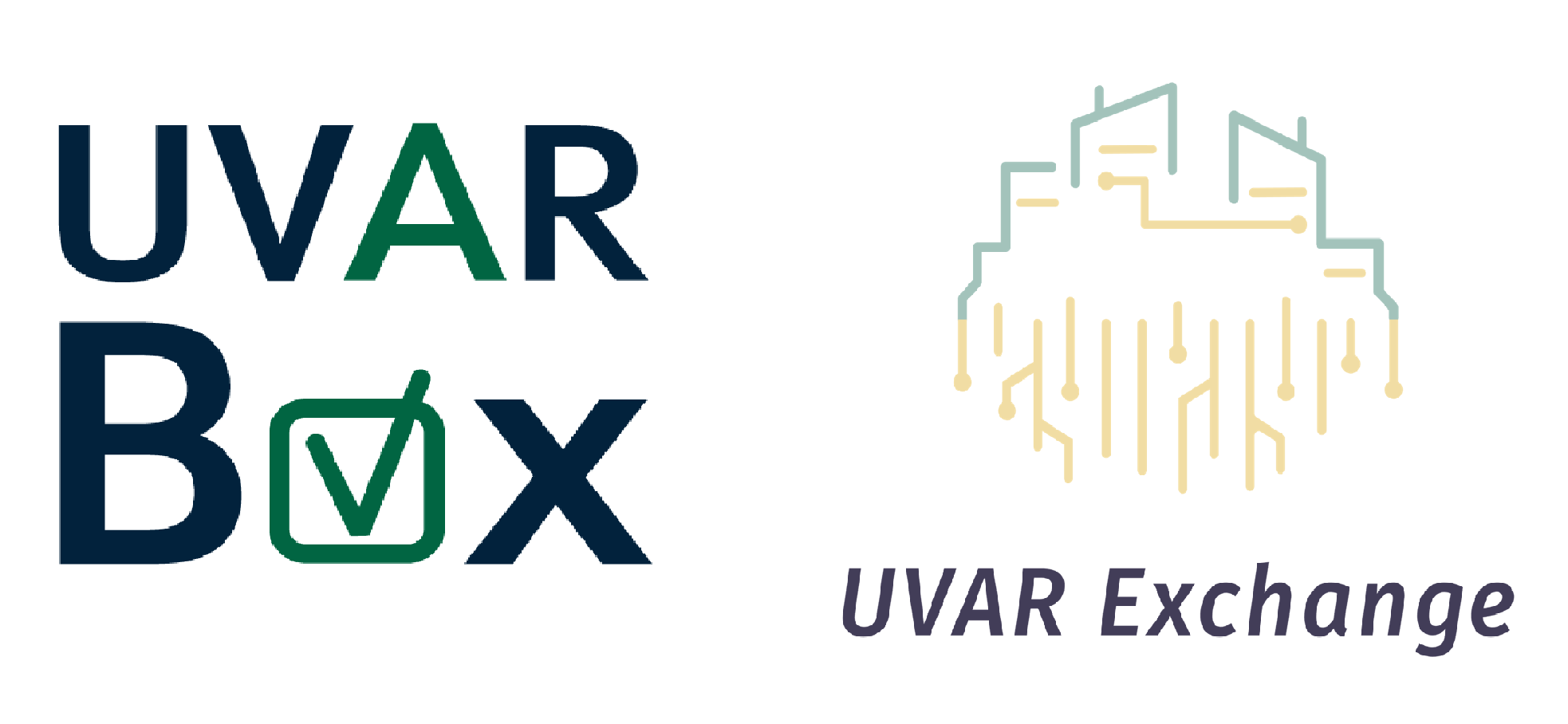Use Cases
Who will benefit from digitised UVARs? What are the specific benefits for these groups? What can they expect? All of these questions are answered by the four ‘use cases’ below.
Non-resident drivers entering the City
Who?
A young family lives in the suburbs of a large city with a well-functioning public transport system and bicycle paths. Therefore, the family doesn’t use their 15-year-old delivery van very often. Several years ago, the vehicle was restored and is used as a low-budget camper van.
What’s the challenge?
Last summer, the entire family wanted to visit a historic city centre of a European capital. As a modern couple, they used their smartphone as navigation system to reach the centre. While exiting the highway, a notification appeared on the navigation app that a low-emission zone is two kilometers ahead. Vehicles older than 2010, heavier than 3.5 tons or with a Euro4 emission standard cannot enter. This information in their national language helped the family to select a Park and Ride facility.
How can UVAR Box help?
Thanks to UVAR Box, integration of UVAR data into a European-wide DATEX-II online database will enable travellers to receive notifications through their navigation systems and routing planners.
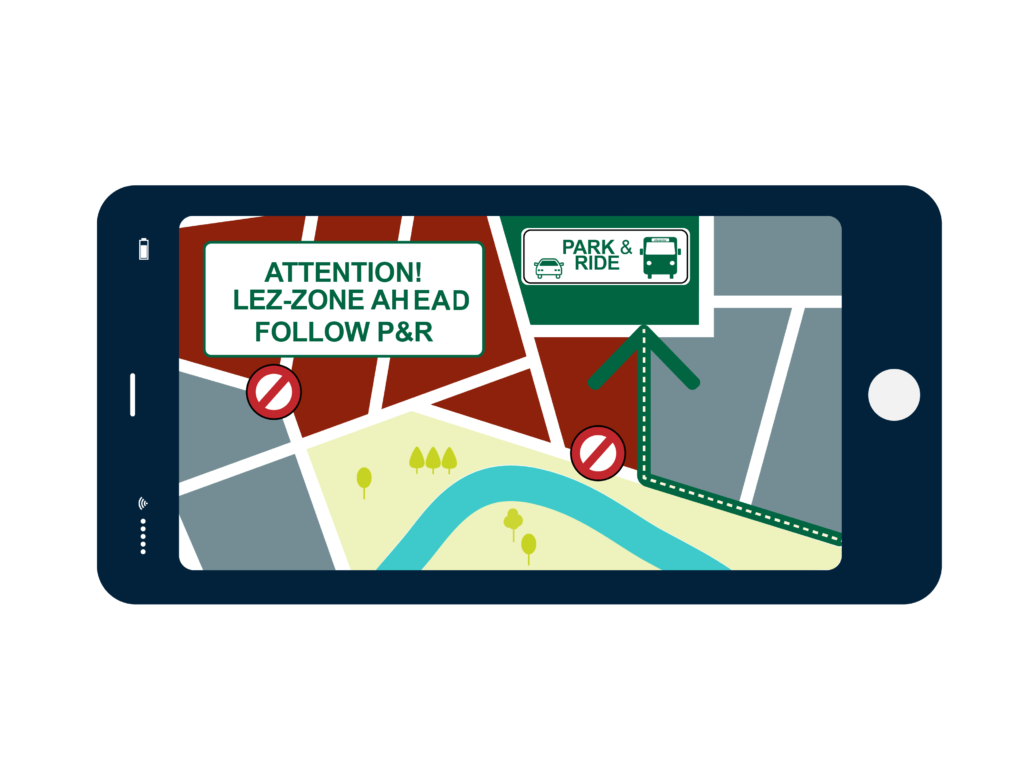
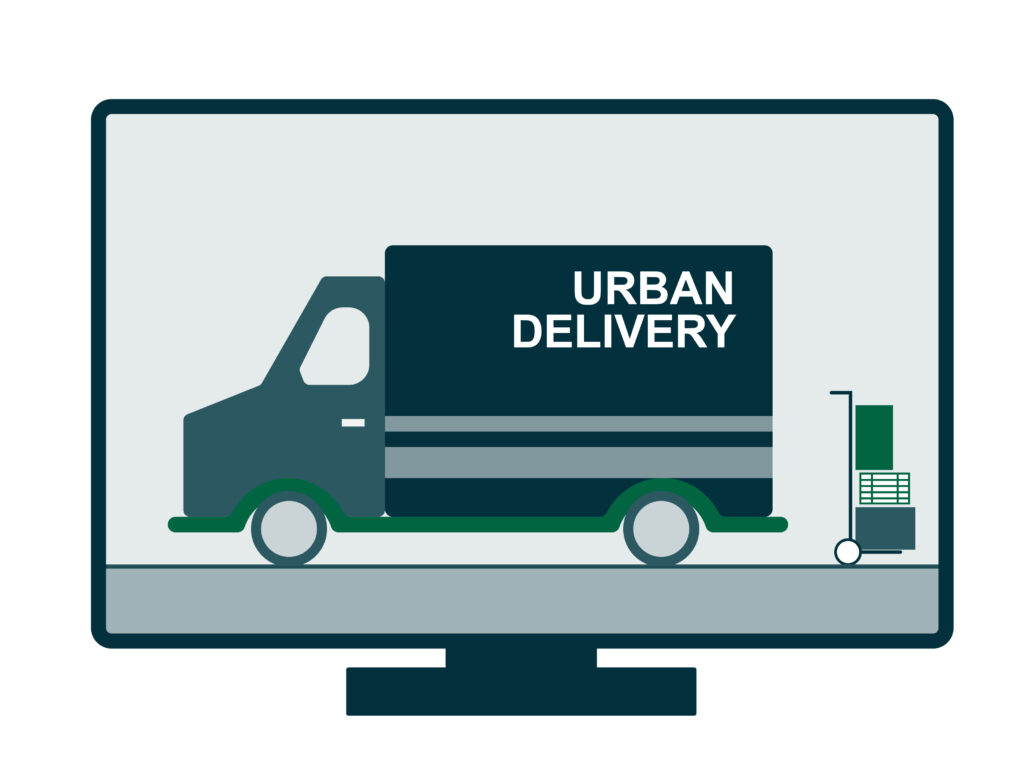
Freight Forwarders with B2B customers in urban areas
Who?
The freight forwarder from Central Europe is specialising in B2B logistics and operates in most European countries. As many of the clients are based in urban areas, the company has established its own UVAR database for their truck drivers.
What’s the challenge?
This information was compiled by interns and the in-house IT-department, which received data from their clients and freely available websites. Maintaining the database became increasingly time-consuming as the company and its customer network expanded and the number of UVARs rapidly grew.
UVAR Box allows the freight forwarders to save cost, time and labour to be updated about the latest regulatory developments in urban areas across Europe. Furthermore, the publicly available DATEX-II-platform allows access and updates at any given time. Additionally, the freight forwarder can plan the delivery of its business customers according to the legal requirements of UVAR zones in the respective cities.
Expert of a national access Point
The technical expert of a National Access Point (NAP) is responsible for the data collection of UVARs and zones of limited vehicle access in a European country. Since several month the national access point is struggling to collect data from urban municipalities across the country. Some cities have set up UVAR zones, which proved to be great measures. Nevertheless, they failed to provide digital UVAR data or used a variety of data formats.
On the contrary, other cities have failed to provide regular updates about their changes in traffic regulation. Therefore, the National Access Point is lacking clear rules and guidelines how to communicate with the cities and which data formats the NAP should use.
Even though the team is sufficiently staffed, he would benefit from a national tool on how to manage the communication with cities and the organisation of tasks. UVAR Box will support National Access Points by providing examples on how good coordination actions could look like between the different administrative levels. Furthermore, assistance and support for the use of DATEX-II will solve the challenges of analogue or varying data formats.
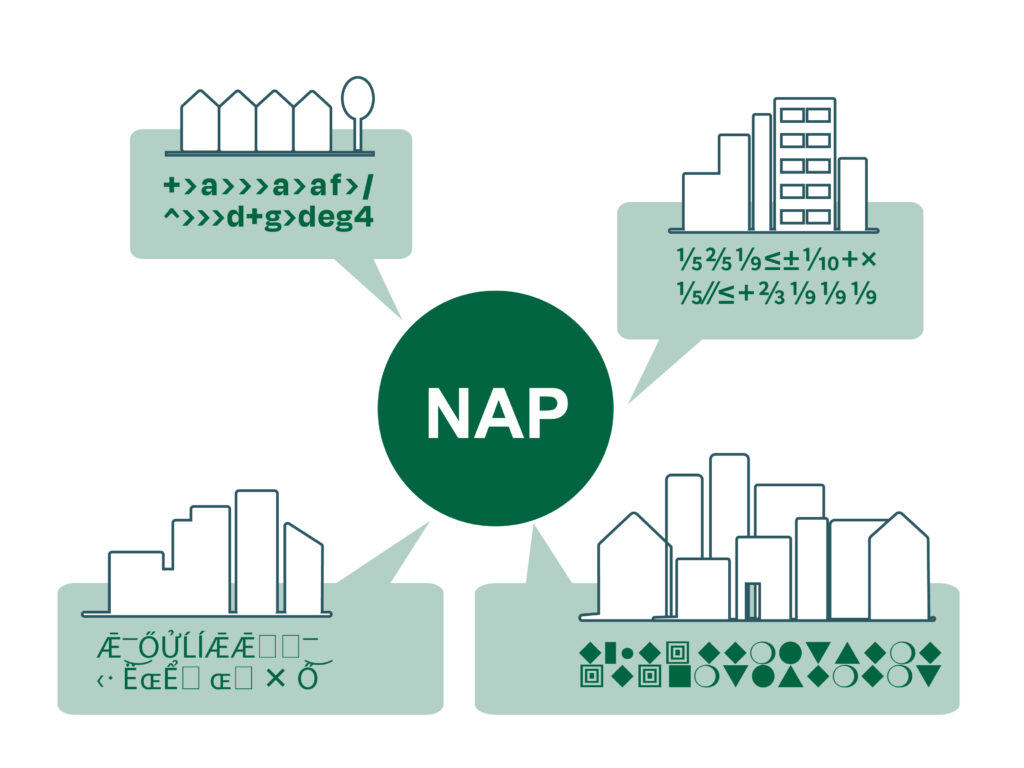
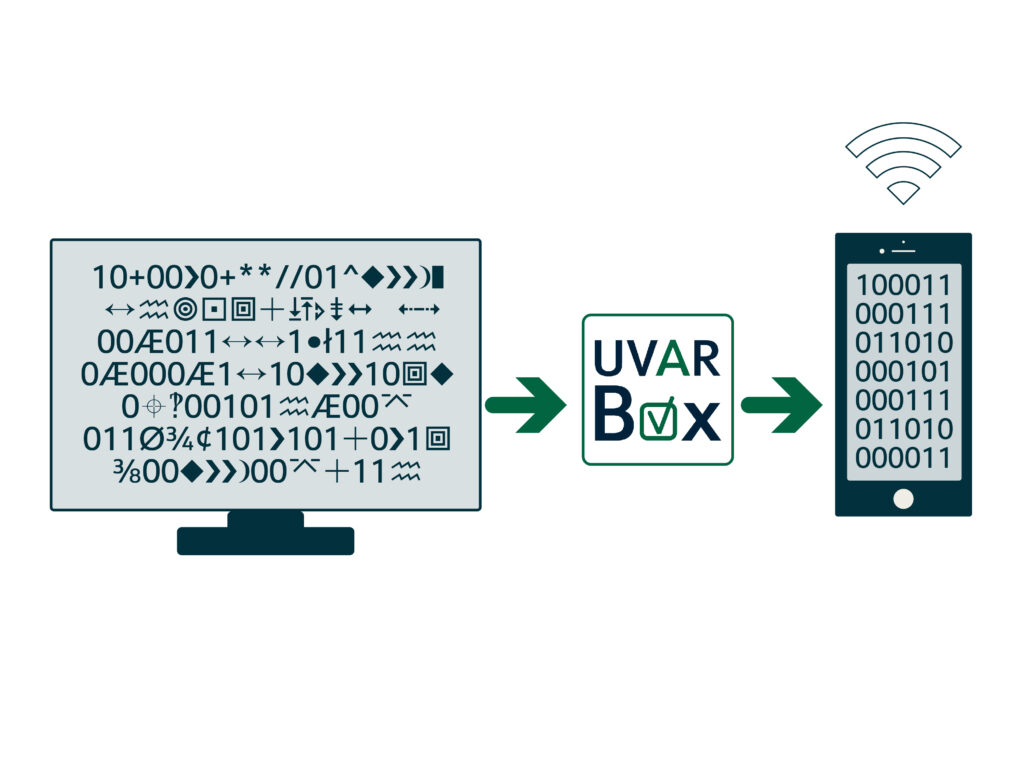
App developer for navigation software
A senior app developer is leading a team of ten employees, who build a plugin to integrate UVAR data into satellite navigation software. Even though various data sources in European countries exist, all sets use different formats. Certain EU Member States have not even digitized their UVAR data. Since the team started to gather the necessary data, already three months have passed. Some datasets do not cause any problems, others are not compatible with the developed app. Besides the immense task by the team of developers to create an app that integrates UVAR data, the team is facing a task of regular updates of potential changes of existing UVARs across Europe.
Such integration will be facilitated by the UVAR Box project, as it sets the steppingstone for a European-wide uniform DATEX-II database for UVARs. The merger of different formats into the standardised DATEX-II format facilitates integration of UVAR data for developers, enables software solutions to be used in every EU country, and merging, exchanging and connecting information would be facilitated.
